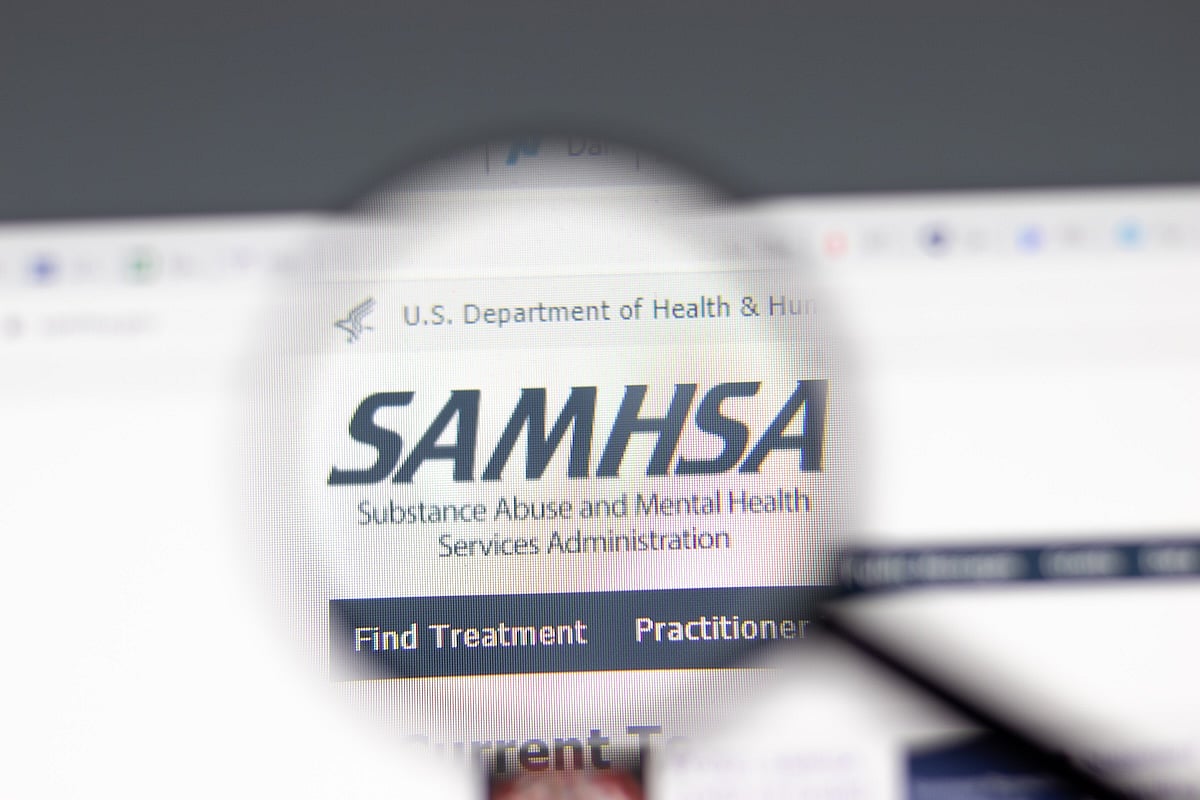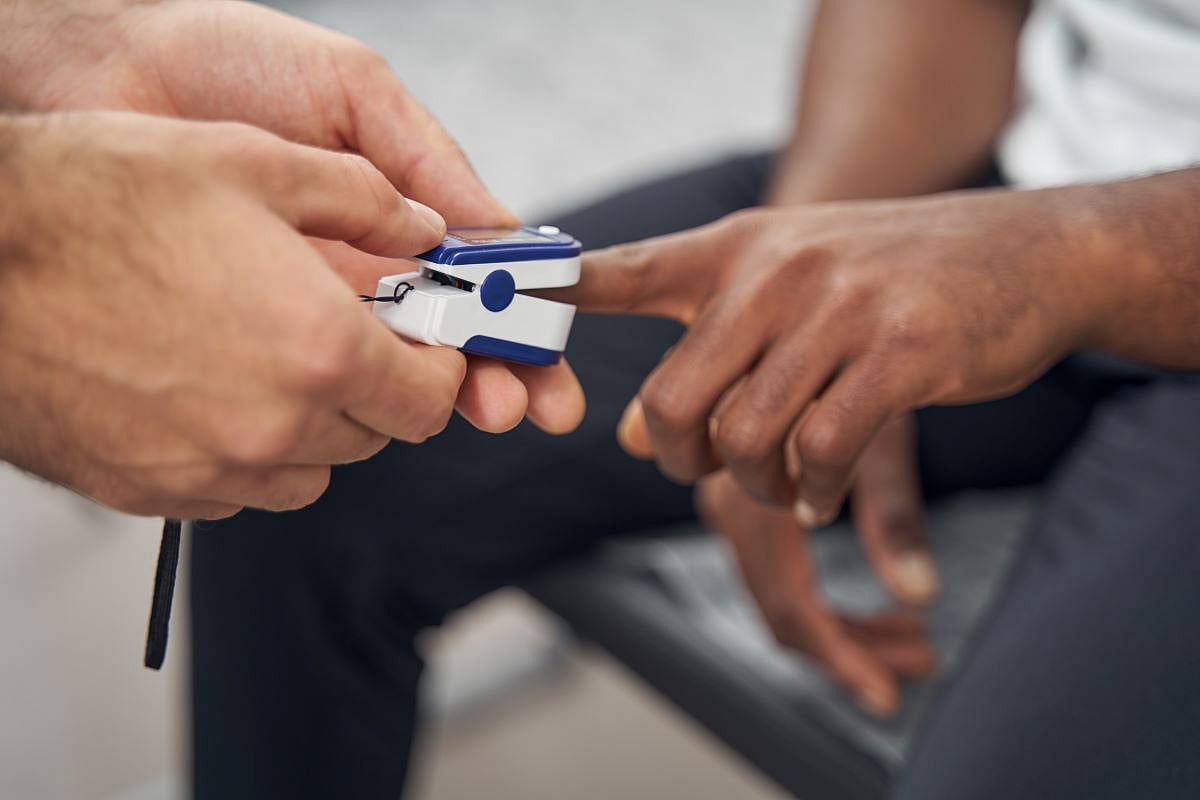Get Healthy!
Staying informed is also a great way to stay healthy. Keep up-to-date with all the latest health news here.
19 Jan
Major Evidence Review Finds No Link Between Tylenol During Pregnancy and Autism or ADHD
A review of 43 high-quality studies involving hundreds of thousands of children finds no evidence that taking acetaminophen during pregnancy increases a child’s risk for autism, ADHD or intellectual disability.
16 Jan
Early Exposure to Air Pollution May Raise Childhood Blood Pressure
A new study finds children exposed to fine particulate matter during pregnancy and early childhood are more likely to have higher blood pressure from ages 5 to 12.
15 Jan
Is No Social Media as Risky as Too Much for Teens?
A new study finds both heavy use and zero use of social media can negatively impact teen well-being.
Hospitals Wrongly Penalized For Life-Saving Stroke Care, Researchers Argue
Hospitals are being inappropriately penalized for lifesaving stroke procedures, due to faulty federal methods for analyzing hospital safety, a new study says.
The measure is intended to assess “failure-to-rescue” — a hospital’s failure to prevent deaths from preventable causes after surgery, researchers said.
...
- Dennis Thompson HealthDay Reporter
- |
- January 20, 2026
- |
- Full Page
No Link Between Acetaminophen and Autism, ADHD, Evidence Review Concludes
Taking acetaminophen during pregnancy does not increase a child’s risk of autism, ADHD or intellectual disability, a new evidence review has concluded.
The review, which analyzed results from 43 previous studies, debunked claims that acetaminophen taken while pregnant can impact the brain development of children. The pain-reliev...
- Dennis Thompson HealthDay Reporter
- |
- January 20, 2026
- |
- Full Page
Whole Foods Diet Allows Folks To Eat More While Cutting Calories, Analysis Shows
Did you make a New Year’s resolution to ditch ultra-processed foods and eat only whole foods?
If so, you have better odds of losing weight in 2026 even as you chow down, a new study says.
People following a completely unprocessed, whole foods diet tend to eat a lot — a whopping 57% greater amount than those who only eat u...
- Dennis Thompson HealthDay Reporter
- |
- January 20, 2026
- |
- Full Page
AI Predicts Seniors' Fall Risk Based On Core Strength, As Early As Middle Age
AI can predict a person’s risk of a fall injury in old age while they're still in their 40s and 50s, a new study says.
The AI analyzes CT imaging scans of a person’s abdomen, focusing on their core strength.
People with the weakest core strength — as measured through muscle density — were more than twice as li...
- Dennis Thompson HealthDay Reporter
- |
- January 20, 2026
- |
- Full Page
FDA-Approved Nerve Stimulation Device For ADHD Is Ineffective, Clinical Trial Concludes
A U.S. Food and Drug Administration (FDA)-approved device for treating ADHD in kids simply doesn’t work, a new clinical trial says.
The device — an external trigeminal nerve stimulator — was not effective in reducing symptoms of ADHD compared to placebo, researchers reported Jan. 16 in the journal Nature Medicine...
- Dennis Thompson HealthDay Reporter
- |
- January 20, 2026
- |
- Full Page
U.S. Parents More Relaxed About Their Kids Using Swear Words, Poll Finds
Who says the president of the United States isn’t a role model?
Most U.S. parents these days are inclined to shrug off their child dropping the f-bomb, as President Donald Trump did last week at a Ford plant in Michigan in response to heckling from a worker.
Fewer than half of parents (47%) think it’s never OK for a child...
- Dennis Thompson HealthDay Reporter
- |
- January 20, 2026
- |
- Full Page
As Forests Shrink, Mosquitoes Are Turning to Humans for Blood
As people cut deeper into Brazil’s Atlantic Forest, mosquitoes may be changing who they bite, and a new study suggests they have a new favorite target: humans.
The Atlantic Forest once stretched across much of Brazil’s coast and was home to hundreds of animal species. Today, only about one-third of the forest remains, largely d...
- I. Edwards HealthDay Reporter
- |
- January 19, 2026
- |
- Full Page
New Coffee Chemicals Show Promise for Managing Type 2 Diabetes
Coffee may do more than boost energy.
New research suggests that certain compounds found in roasted coffee beans could help slow how quickly sugar enters the bloodstream, a finding that could one day support new foods aimed at managing type 2 diabetes.
Scientists have identified three previously unknown compounds in roasted coffee th...
- I. Edwards HealthDay Reporter
- |
- January 19, 2026
- |
- Full Page
Why Connecting With Others is Good For Your Health
A third of U.S. adults are lonely, and a quarter lack social and emotional support — and research underscores that’s just not healthy.
"Humans are a social species. We are highly dependent on others from birth," said Elizabeth Necka, an expert on social and behavioral science at the National Institutes of Health. "So feeling so...
- Carole Tanzer Miller HealthDay Reporter
- |
- January 18, 2026
- |
- Full Page
What You Can Do To Prevent Chronic Kidney Disease
More than 14% of U.S. adults have some level of chronic kidney disease — and most have no idea.
"People with chronic kidney disease generally have no symptoms until they’re very near kidney failure," said kidney-health researcher Dr. Michael Shlipak of the University of California, San Francisco.
Chronic kidney dise...
- Carole Tanzer Miller HealthDay Reporter
- |
- January 17, 2026
- |
- Full Page
Popular Super Greens Supplement Recalled After Salmonella Illnesses Reported
A powdered super greens supplement sold across the U.S. has been recalled after federal health officials linked it to a Salmonella outbreak that has sickened people in at least 21 states.
At least 45 people have become ill after consuming Live it Up-brand Super Greens powder, according to U.S. Food and Drug Administration (FDA) an...
- I. Edwards HealthDay Reporter
- |
- January 16, 2026
- |
- Full Page
Mistrust Fuels Drop in Deceased Organ Donations, Kidney Transplants
More than 100,000 people in the U.S. are waiting for an organ transplant, and most need a kidney. Thousands die each year before a matching organ becomes available.
New federal data reviewed by the Kidney Transplant Collaborative show that 116 fewer kidney transplants were performed last year than in 2024.
While that difference...
- I. Edwards HealthDay Reporter
- |
- January 16, 2026
- |
- Full Page
Trump Administration Restores Nearly $2 Billion in Mental Health Grants
Federal funding for mental health and addiction treatment programs will continue after the Trump administration abruptly reversed a plan to end nearly $2 billion in grants across the country.
Late Tuesday, thousands of grants overseen by Substance Abuse and Mental Health Services Administration (SAMHSA) were suddenly terminated.
<...- I. Edwards HealthDay Reporter
- |
- January 16, 2026
- |
- Full Page
Whole Milk Returns to School Lunches
Whole milk may soon be back on school lunch trays across the U.S.
President Donald Trump signed a new law Wednesday that allows schools to serve whole and 2% milk again, reversing rules that limited higher-fat milk options for more than a decade.
The law, called the Whole Milk for Healthy Kids Act, lets schools in the National School...
- I. Edwards HealthDay Reporter
- |
- January 16, 2026
- |
- Full Page
Nerve Stimulation Halts Depression In More Than 20% Of Patients, Clinical Trial Reports
Treatment-resistant depression might be eased using an implant that sends electrical pulses to one of the body’s major nerve clusters, a new study says.
The implant, placed under the skin in the chest, sends carefully calibrated electrical pulses to the left vagus nerve — a major conduit between the brain and internal organs.
- Dennis Thompson HealthDay Reporter
- |
- January 16, 2026
- |
- Full Page
'If In Doubt, Sit Them Out,' Insists New Concussion Guidance For Parents
The bottom line for managing youth sports concussions is “if in doubt, sit them out,” new guidelines say.
Earlier recognition of a concussion — and removal from play — will help a young athlete more quickly recover and return to competition, according to an easy-to-follow guide published recently in the Archives...
- Dennis Thompson HealthDay Reporter
- |
- January 16, 2026
- |
- Full Page
Air Pollution Increases Risk of Childhood High Blood Pressure
Children might wind up with high blood pressure due to air pollution exposure that occurred in the womb or the cradle, a new study says.
Exposure to smog before and after birth increases a child’s odds of having higher blood pressure between ages 5 and 12, researchers report in the March 2026 issue of the journal Environmental Re...
- Dennis Thompson HealthDay Reporter
- |
- January 16, 2026
- |
- Full Page
Medical Students Not Being Adequately Trained To Confront Death, Review Finds
Doctors encounter death more than people in nearly all other lines of work.
That’s the price they pay for a career spent saving lives and helping people.
But modern medical education leaves doctors little-prepared for this inevitable challenge, a new evidence review says.
There’s minimal evidence-based education ava...
- Dennis Thompson HealthDay Reporter
- |
- January 16, 2026
- |
- Full Page
Fingertip Blood Oxygen Monitors Are Less Accurate For People Of Color, Study Finds
Most everyone’s seen one in a doctor’s office or hospital room — the finger clip device that reads a person’s pulse and blood oxygen levels.
But new research shows these ubiquitous devices appear to give misleading readings for people with darker skin tones, potentially affecting their care.
Pulse oximeters gi...
- Dennis Thompson HealthDay Reporter
- |
- January 16, 2026
- |
- Full Page
Drunk For No Reason? Could Be A Rare Gut Disorder, Researchers Say
Ever felt drunk, hammered, wasted, absolutely smashed — but you haven’t touched a drop of alcohol?
You might have suffered from a rare gut condition called auto-brewery syndrome, which causes alcohol intoxication in people who haven’t had anything to drink.
Researchers now think they’ve figured out the specifi...
- Dennis Thompson HealthDay Reporter
- |
- January 16, 2026
- |
- Full Page





















